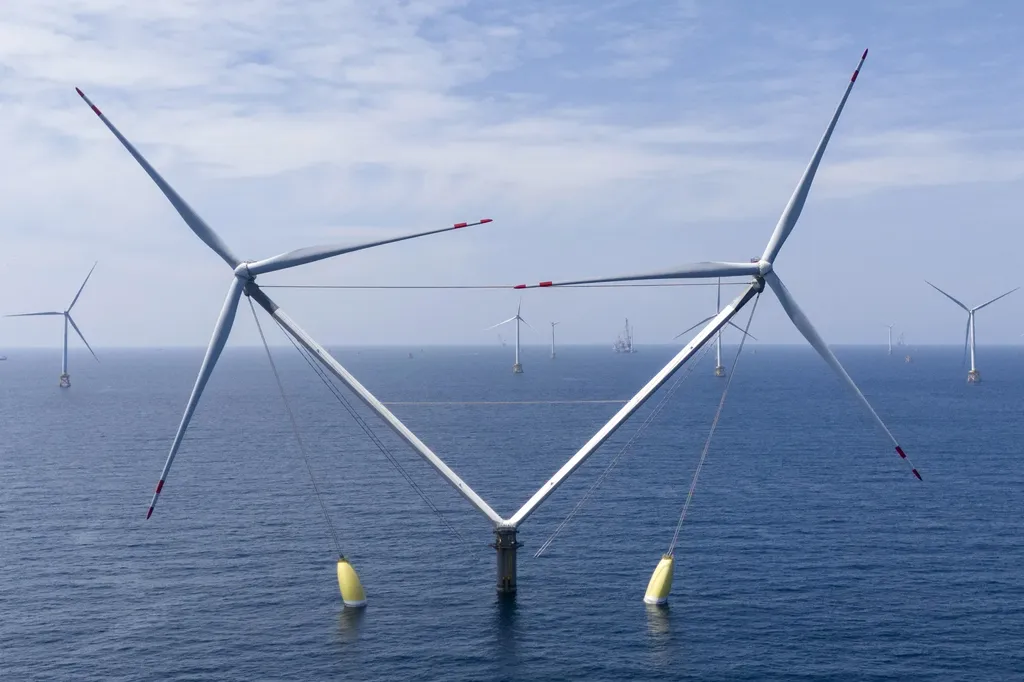In the quest for sustainable energy solutions, a groundbreaking study led by Lingguo Kong from the Key Laboratory of Modern Power System Simulation and Control & Renewable Energy Technology at Northeast Electric Power University in China is paving the way for more efficient offshore energy systems. Published in the journal *China Electric Power*, the research introduces a novel approach to optimizing the operation of offshore independent energy islands, which could significantly enhance the integration of offshore wind power and reduce operational costs.
Offshore independent energy islands are emerging as a promising model for deep-sea wind power consumption. However, the unpredictable nature of offshore wind power poses challenges, particularly in the operation of electrolyzers—devices that produce hydrogen from water using electrical power. Frequent start-stop cycles and uneven operation of electrolyzers can lead to inefficiencies and increased wear and tear. Kong’s research addresses these issues by proposing a bi-level optimization configuration method that considers the coordination of multiple electrolyzers under uncertainty.
The study employs advanced algorithms to generate complex offshore wind power uncertainty scenarios, using a combination of the K-means algorithm and Monte Carlo simulation. This allows for a more accurate representation of real-world conditions. The bi-level optimization model is designed with two layers: the outer layer aims to maximize benefits, while the inner layer focuses on the coordination of multiple electrolyzers for multi-objective equilibrium optimization control. The model is solved using an improved particle swarm-Gurobi hybrid approach, which enhances computational efficiency and accuracy.
“Our method not only improves the economic operation of offshore independent energy islands but also ensures flexibility and reliability in the face of uncertain wind power conditions,” Kong explained. This approach could have significant commercial impacts for the energy sector, particularly in reducing operational costs and improving the overall efficiency of offshore energy systems.
The research also compares the effectiveness of methods with and without the coordination of multiple electrolyzers, as well as deterministic and uncertain models. The results demonstrate the superiority of the proposed method, highlighting its potential for practical application in the energy industry.
As the world continues to seek sustainable and efficient energy solutions, Kong’s research offers a promising avenue for the future of offshore wind power integration. By addressing the challenges of uncertainty and optimizing the operation of electrolyzers, this study could shape the development of more resilient and cost-effective energy systems. The findings, published in *China Electric Power*, underscore the importance of innovative approaches in the pursuit of a greener and more sustainable energy future.

